
On May 9th, the Civil Diplomacy Center, in cooperation with Neighborhood Parliaments in India, organized a webinar on “The Co-Chair System in Rojava – NE Syria”.
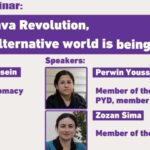
On the morning of 17 February, a session was held on “Rojava Revolution, an Alternative World Being Built in North and East Syria,” organized by the Civil Diplomacy Center in North and East Syria, in collaboration with the Kongra Star Women’s Movement and the Jineology Center. 50 people from all over the world participated online to learn about the methods of the people- and women-led revolution in North and East Syria.
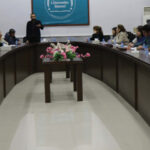
At the invitation of the Academy for Diplomacy in North and East Syria, and in cooperation with the Civil Diplomacy Center, a dialogue session was held at the Center for Diplomatic Studies and Consultation, in the presence of dozens of members of the Civil Diplomacy Platform in North and East Syria, institutions, federations, and professional unions, in addition to representatives of the Council of Democratic Syria “SDC” and the Autonomous Administration in North and East Syria.

The Rojava Revolution is based on the theory of Democratic Confederalism according to Abdullah Öcalan. Democratic Confederalism, in turn, is an ecological paradigm by its very nature. What does this mean concretely in Rojava?
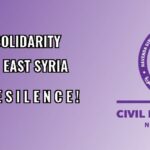
Civil Diplomacy Center in NES launches an appeal for solidarity with North and East Syria, and a call to break the international silence regarding the Turkish aggression and to stand together against Turkey’s occupation policies.
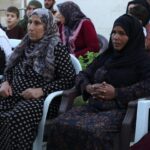
The Center for Community Diplomacy in North and East Syria made a short film about the nature of the commune and the way it works. The goal of this video is to introduce how the community manages itself through the communes located within each neighborhood, and thanks to the communes, the people of North and East Syria are able to organize their lifes and neighborhoods. People from alle ethnicities and religions cooperate together overcoming sectarianism and racism. In this video we show the monthly meeting of the commune, which is their most important mechanism and we show the committees of health, self-defense and reconciliation in practice. We also show the meeting of the children of the communes. We hope to inspire by showing how radical democracy at grassroots-level can work.
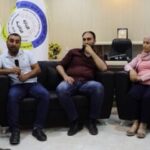
The economy of the autonomous Administration takes social economy as its main pillar, in which everyone participates to establish a local economy that seeks to reach self-sufficiency.







